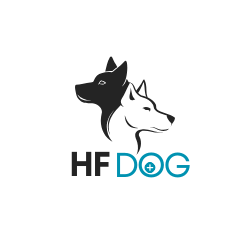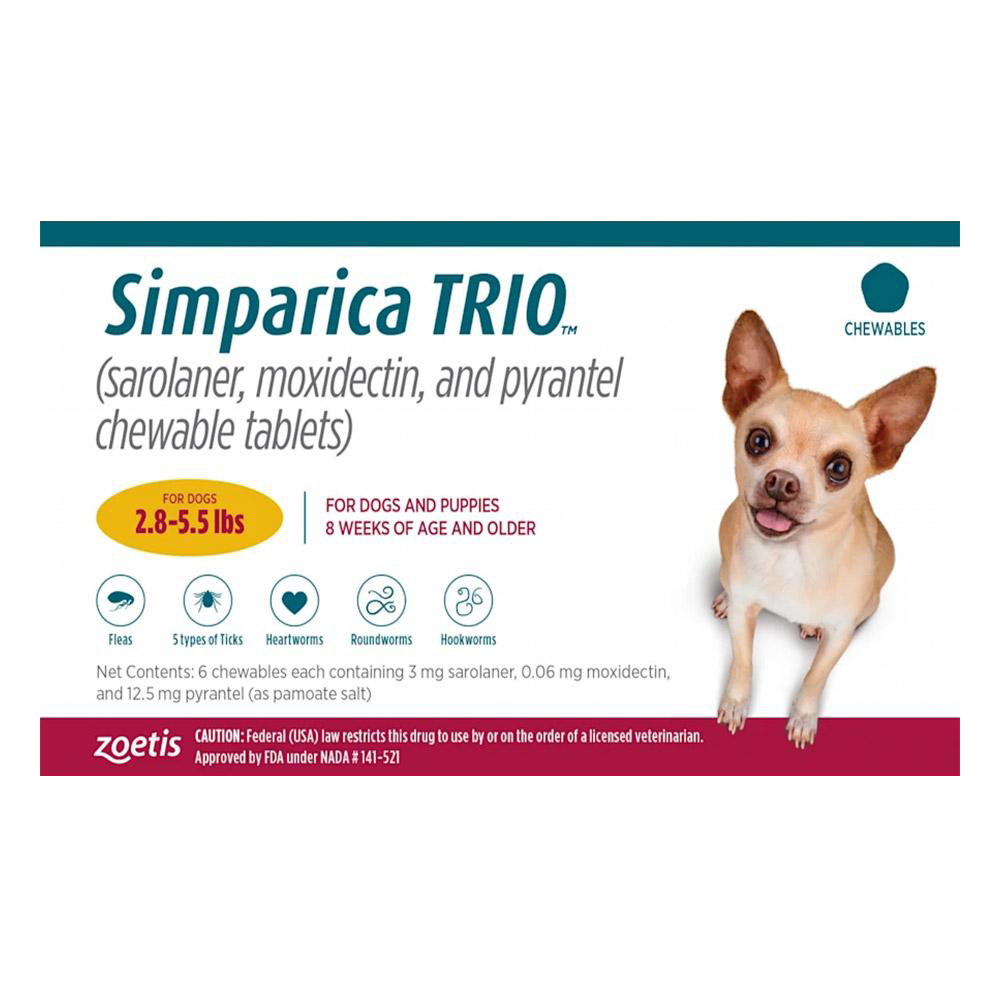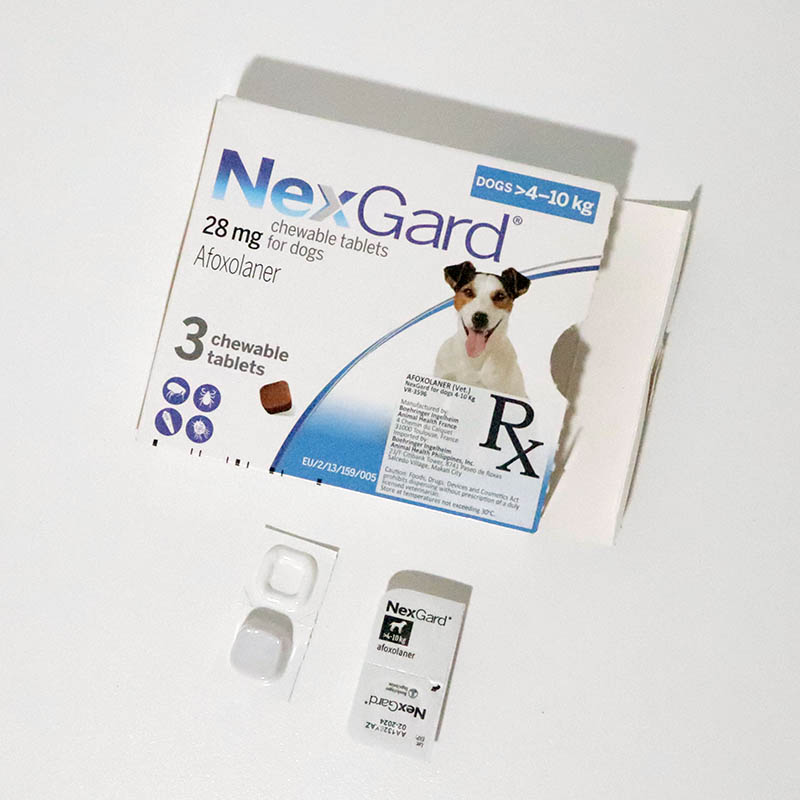Is Frontline or Nexgard Better
When choosing between Frontline and Nexgard, go with Nexgard for quicker results and broader protection against fleas and ticks. Nexgard's chewable form acts fast and covers more ground, making it a top choice for pet owners. With Nexgard, your pet gets fast-acting defense that lasts longer. Both products work, but Nexgard may offer a bit more. Remember to consider your pet's behavior and preferences to make the best choice. If you want maximum protection and convenience, Nexgard might be the way to go.
Key Takeaways
- Nexgard acts faster, killing fleas in 8 hours and ticks in 12, offering quicker protection than Frontline.
- Frontline requires topical application, while Nexgard comes in chewable tablet form for easier administration.
- Nexgard's monthly chewables provide continuous protection, offering better long-term value and convenience.
- Both products are generally safe but may cause mild side effects; consult a vet for proper guidance.
- Nexgard may have a higher upfront cost but delivers effective prevention against infestations, balancing cost and efficacy.
Key Differences in Active Ingredients
When comparing Frontline and Nexgard, the key differences in active ingredients are essential to understand for effective flea and tick prevention. Frontline contains fipronil as its active ingredient, which targets adult fleas and ticks by overstimulating their nervous system, leading to their death. On the other hand, Nexgard utilizes afoxolaner to kill fleas and ticks. Afoxolaner works by interfering with the parasites' nervous system, resulting in hyperexcitation and ultimately causing their demise.
It's crucial to note that fipronil in Frontline is a topical treatment applied to the skin, while afoxolaner in Nexgard comes in the form of a chewable tablet. This variation in administration method can influence your choice based on your pet's preferences and your convenience. Additionally, Nexgard is known to act faster in killing fleas and ticks compared to Frontline, providing a quicker solution to infestations. Understanding these distinctions in active ingredients can help you make an informed decision when selecting the most suitable flea and tick prevention method for your furry friend.
Application and Administration Comparison
For comparing the application and administration of Frontline and Nexgard, consider the differences in how these products are used to protect your pet from fleas and ticks.
Frontline is typically applied topically, where the solution is squeezed onto the skin between your pet's shoulder blades, making it harder for your pet to lick it off. This method ensures that the active ingredients are spread across your pet's skin, providing protection.
In contrast, Nexgard comes in a chewable tablet form, making administration easier for some pet owners as it can be given directly as a treat. This method allows for the active ingredients to be ingested and spread throughout your pet's bloodstream, effectively targeting fleas and ticks when they bite.
When choosing between Frontline and Nexgard, consider your pet's preferences and behavior to determine which application method would be more suitable for your furry friend.
Efficacy and Speed of Action
To evaluate the efficacy and speed of action of Frontline and Nexgard in protecting your pet from fleas and ticks, consider their respective active ingredients and how quickly they work.
Frontline contains fipronil, which kills adult fleas and ticks upon contact within 24 hours of application. It also provides lasting protection for about 30 days.
On the other hand, Nexgard contains afoxolaner, which starts killing fleas within 8 hours and ticks within 12 hours of administration. This fast-acting formula continues to work for a full month, ensuring your pet remains shielded from these pesky parasites.
When comparing the speed of action, Nexgard may have a slight edge over Frontline due to its quick kill rate. However, both products are effective in protecting your furry friend from flea and tick infestations. Remember to consult with your veterinarian to determine which option aligns best with your pet's specific needs and health condition.
Potential Side Effects and Safety Profile
Considering the potential side effects and safety profile of Frontline and Nexgard, it's essential to understand how each product may impact your pet's well-being.
Frontline, a topical treatment, may cause skin irritation at the application site, with rare cases of neurological side effects.
On the other hand, Nexgard, an oral medication, has been associated with gastrointestinal issues like vomiting and diarrhea, as well as neurological symptoms.
While both products are generally well-tolerated, it's crucial to monitor your pet for any adverse reactions after administration. Some pets may be more sensitive to certain ingredients, so consulting your veterinarian before starting any flea and tick preventive is advisable.
Cost-Effectiveness and Overall Value
When assessing the cost-effectiveness and overall value of Frontline and Nexgard, it's important to consider their long-term efficacy for your pet's flea and tick prevention needs.
Frontline, though initially cheaper, may require more frequent applications as it targets adult fleas and ticks.
On the other hand, Nexgard, a monthly chewable, offers convenience and potentially better value in the long run by providing continuous protection against these parasites at a consistent price point.
While the upfront cost of Nexgard might be higher, its effectiveness in preventing infestations could save you money on treating related health issues in the future.
Additionally, Nexgard's ease of administration may reduce the need for professional application, further adding to its overall value.
Therefore, when weighing the cost-effectiveness of Frontline versus Nexgard, factoring in the sustained protection and ease of use can help you make a decision that ensures both your pet's well-being and your budget's efficiency.
Frequently Asked Questions
Can Frontline or Nexgard Be Used Together for Added Protection Against Fleas and Ticks?
Yes, combining Frontline and Nexgard can provide additional protection against fleas and ticks. Using both products together can create a more comprehensive defense for your pet. Always consult your veterinarian before starting any new treatments.
Are There Any Known Drug Interactions or Contraindications With Other Medications When Using Frontline or Nexgard?
When using Frontline or Nexgard, always check for potential drug interactions or contraindications with other medications. It's crucial for your pet's safety and well-being. Consult your veterinarian for guidance on combining treatments safely.
How Often Can Frontline or Nexgard Be Safely Used on Pets?
You can safely use Frontline or Nexgard on your pets according to the recommended schedule. Make sure to follow the instructions provided by your veterinarian to ensure the products are used effectively and safely.
Are There Any Environmental Concerns Associated With the Use of Frontline or Nexgard?
When using Frontline or Nexgard, remember to consider potential environmental impacts. These products contain chemicals that could affect water sources and non-target animals. Proper disposal and following usage guidelines can help minimize these concerns.
Can Frontline or Nexgard Be Used on Pregnant or Nursing Pets?
During pregnancy or while nursing, consult your vet before using Frontline or Nexgard on your pet. It's crucial to ensure the safety of both the mother and her offspring. Always prioritize their well-being above all else.
Conclusion
Overall, both Frontline and Nexgard are effective flea and tick prevention options for your pet.
Frontline uses fipronil as its active ingredient, while Nexgard uses afoxolaner.
Nexgard is administered orally, while Frontline is applied topically.
Both products have their own advantages and potential side effects.
Ultimately, the choice between the two will depend on your pet's specific needs and your preferences as a pet owner.








